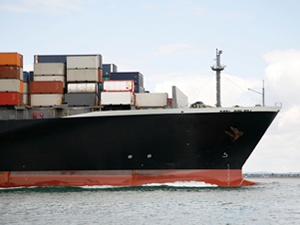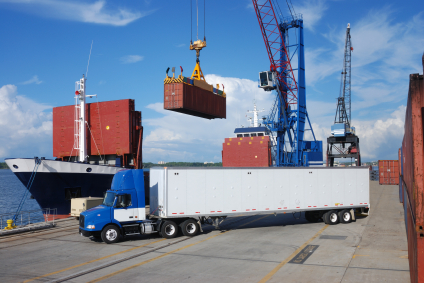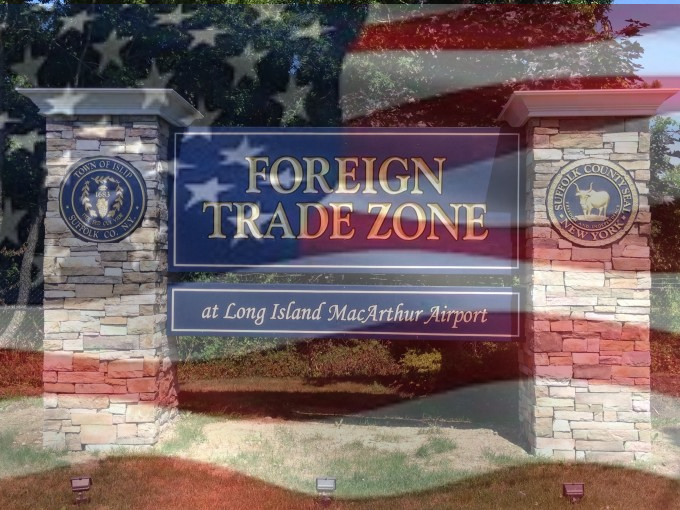Overview of U.S. Foreign Trade Zones
The US Foreign Trade Zone Program was established in 1934 to promote and encourage international trade. It is intended to give United States based companies increased global competitiveness by eliminating some of the disincentives associated with manufacturing in the United States.
A Foreign Trade Zone is a site within the United States at or near a U.S. Customs port of entry, where foreign and domestic merchandise is generally considered to be in international commerce.


Key Benefits and Types of Foreign Trade Zones
Foreign or domestic merchandise may enter this enclave without a formal Customs entry or payment of Customs duties or government excise tax. Furthermore, duties are paid only on the goods entering the domestic marketplace - so you may avoid paying duties altogether if your products are exported. Additionally, merchandise can be held indefinitely within the FTZ without any payment of customs duties.
There are two types of FTZs. A general purpose zone accommodates multiple users with a variety of activities. The second type of FTZ, a subzone, has one user who can not be accommodated in a general purpose zone, typically for manufacturing operations.
Merchandise entering a zone may be:
| Stored | Repackaged |
| Processed | Manipulated |
| Manufactured | Assembled |
| Repaired | Displayed |
| Tested | Mixed |
| Relabeled | Sampled |
| Salvaged | Destroyed |
| Cleaned | Refurbished |
.png)
